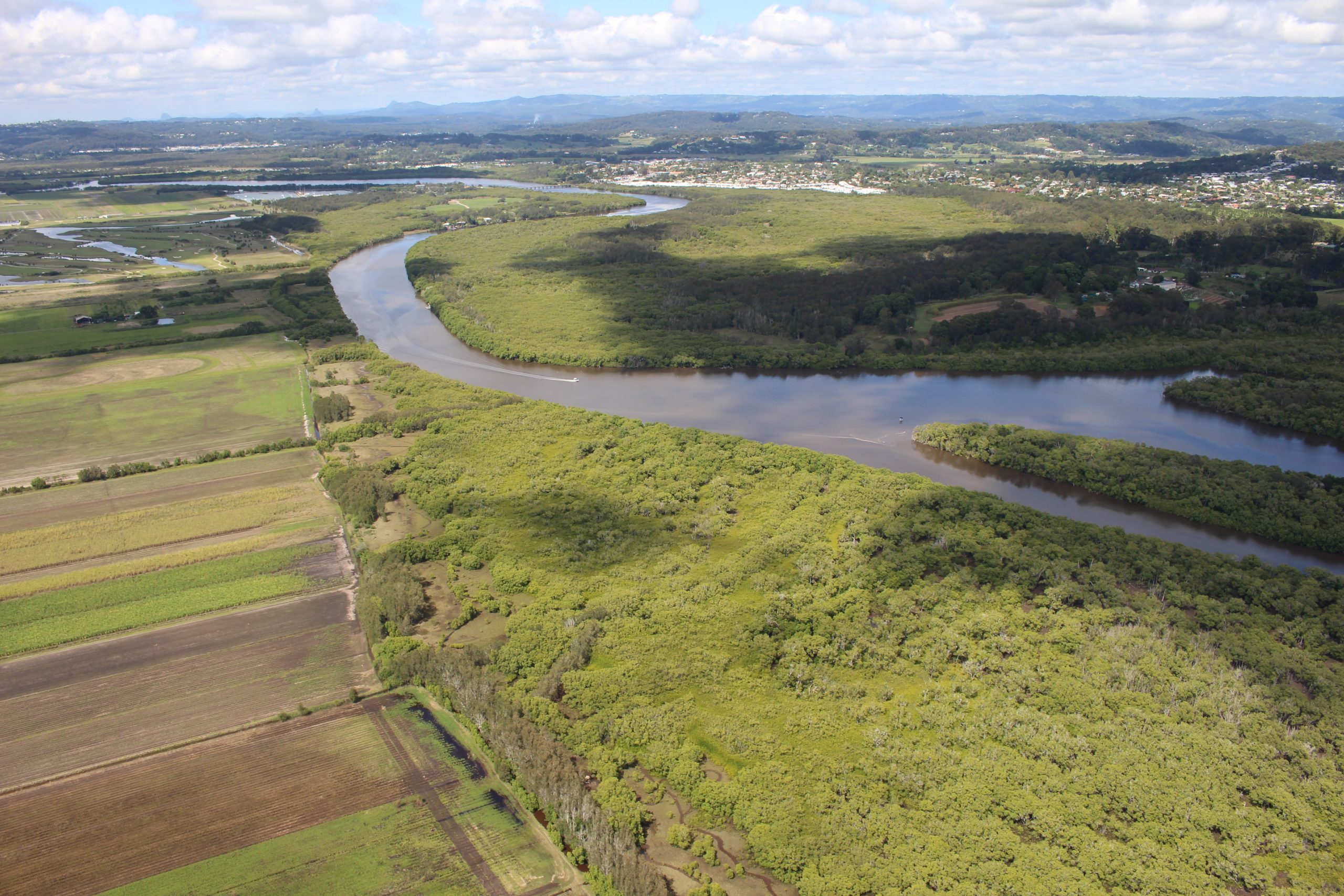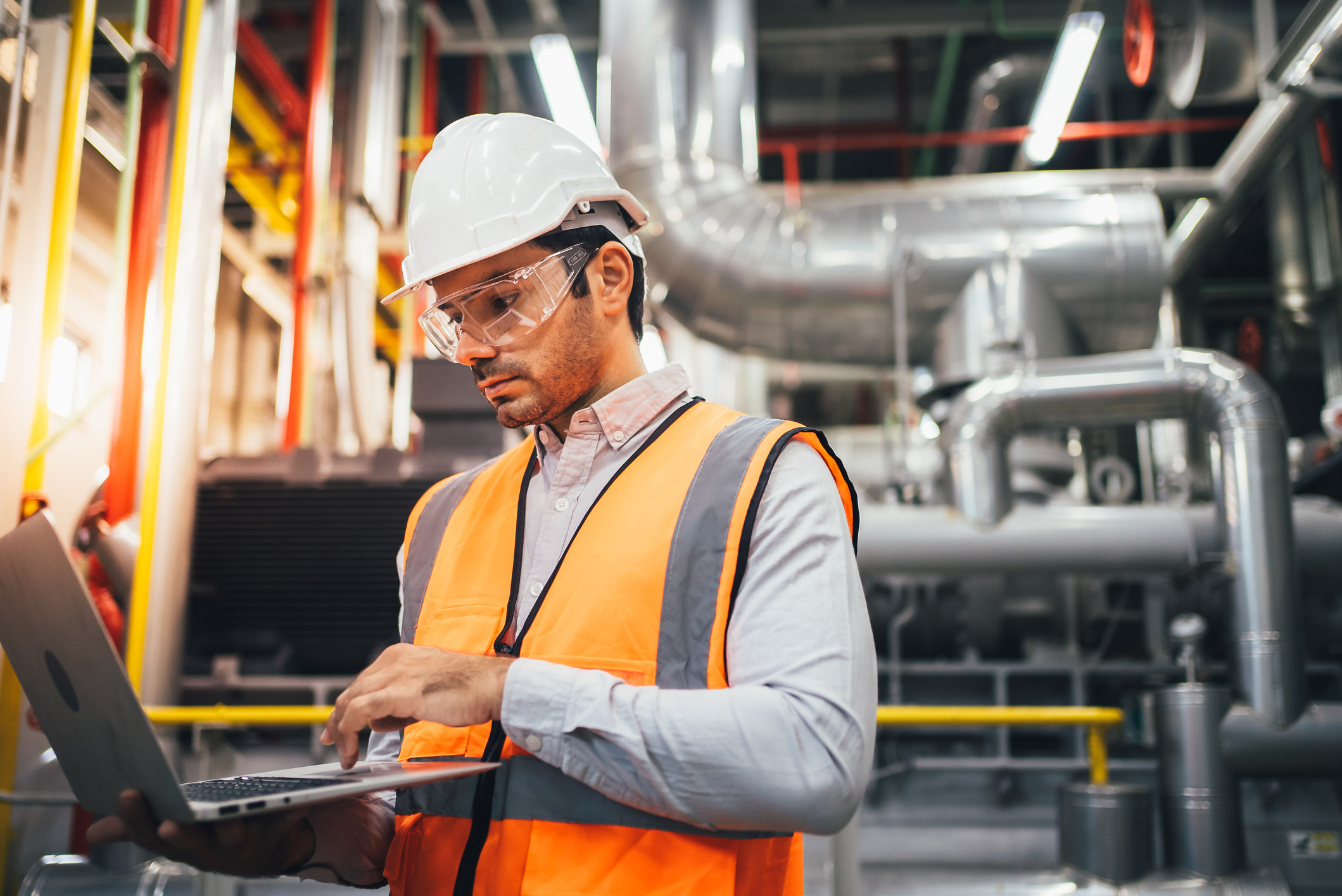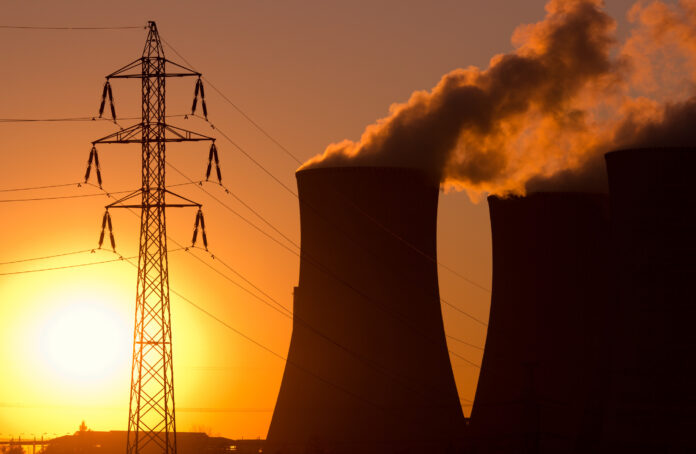Sunshine Coast residents have expressed mixed reactions about the prospect of nuclear energy being produced in Australia and potentially in their region.
While Federal MP for Fairfax Ted O’Brien and the Coalition continue to spruik the benefits of nuclear power, local academic Professor Emeritus Ian Lowe and the federal government say there are multiple problems associated with it and there are better alternatives.
Some locals have also voiced their opinions, particularly after Mr O’Brien indicated he would welcome a facility in his electorate or any electorate “where it is proven to be technologically feasible, has a social licence and is going to get prices down”.
This is the fourth part of a Sunshine Coast News series on nuclear power and its future on the Sunshine Coast and in Australia. Read parts one, two and three.
One SCN letter writer, Morrison Lakey, said if Mr O’Brien was serious about nuclear energy he could have said something sooner, “perhaps when the people of Fairfax elected him as their MP back in 2016”.
“Instead, what we saw was a decade of total inaction,” he wrote.
Another letter writer, former high school physics teacher Marcus Finch, said Mr O’Brien’s “relentless support of nuclear power stations” was “depressing”.
“Nuclear has a place in countries where there is little in the way of renewable energy,” he said.
“The cost however is enormous.
“Ted can’t really be serious about either the reliability of the grid or cost, because nuclear is demonstrably neither cheap, nor reliable. Nor is it available.
“The Hinkley C build (in England) cost has gone from nine billion pounds initially to 48 billion pounds, and the completion date has gone from 2017 to 2031.
“Australia has the best wind and solar resources of any country on earth. We should use it – we are using it. It’s incredibly cheap and there is global heating problem with fossil fuels.”
Do you have an opinion to share? Submit a Letter to the Editor at Sunshine Coast News via news@sunshinecoastnews.com.au. You must include your name and suburb.
If a facility was built on the Sunshine Coast, Mr Finch expected it would be near water, potentially the Maroochy River.
“They need a great deal of water to help regulate the temperature of the pile and to convert water into steam to run the turbines,” he said.
“A lot of water is recycled around the plant, however it eventually becomes radioactive, as does everything in the place over the lifetime of the plant.
“The mildly radioactive wastewater could be pumped into the river. It’d be fine by the time it gets to the mouth. You just couldn’t eat anything from the river, ever.

“Nothing is 100 per cent safe: even a solar panel can fall on your head.
“However, something about the complexity of a nuclear power plant is not safe.
“The question everyone needs to answer is would you take your kids to a school next door? A childcare centre? Would you choose to live next door?
“The other question is: where do we put the spent fuel rods? They have half-life of 100,000 years. Nowhere on earth has anyone solved this high-level waste problem.
“It just piles ever higher at each working reactor, including at Lucas Heights in Sydney.
“This would be stored in Maroochydore at the plant, right? I mean, why would anyone else take it?”
Meanwhile, Phillip Adamson said Mr O’Brien was “out of touch” while Peter Baulch believed small scale reactors will not be able to compete with burgeoning renewables.
But other readers believed Australia would be better served by nuclear energy.
David Brunt said it was the way of the future.
“Ted O’Brien is right that it is time to remove Australia’s prohibition on nuclear power,” he said.
“The ban is an outdated quirk of past policy and does not serve our nation well in remaining competitive with electricity costs, reliability and energy security.
“Nuclear should be considered as a substantial part of the energy mix.
“Nuclear is reliable, safe, has zero carbon emissions and is proven technology.”
Mr Brunt, who has worked in the uranium industry for decades, said he has toured nuclear plants overseas, and was impressed by their “extensive safety systems, cleanness, the skill and training of the operating staff and the commitment of the organisation to producing electricity in the safest possible competitive way.”
“It’s more like visiting a modern high-tech hospital than a working industrial factory,” he said.

Denis Feeney said other countries had embraced nuclear energy and Australia should too.
He said nuclear plants can be built relatively quickly.
“(Since 2006), a South Korean company has built four nuclear plants in the United Arab Emirates. The total cost was just over $US20 billion,” he said.
“Australia could buy plants like these off-the-shelf and have the South Korens build them safely and efficiently. And build four of them within a decade.
“France and England are committed to building more nuclear plants precisely because in the longer term they are economically viable and financially affordable and do not suffer from the inherent unreliability of solar and wind.”
Peter Cunningham said people should not fear nuclear energy.
“Substantial advances in materials, processes and design have taken place (since the 1970s),” he said.
“It makes no sense that historical events should be used as leverage to strangle our most effective tool to clean up our act.
“Change the law. It is ink on paper created by vote-seeking opportunistic politicians, which is strangling the nation.”
The majority of Australians appear to support the implementation of nuclear energy.
The latest Newspoll showed most people would back replacing coal-fired power plants with small modular nuclear reactors.
Fifty-five per cent of voters supported it, 31 per cent were against and 16 per cent were unsure. People aged 18-35 showed the most support.
More locals have expressed their opinions about nuclear energy to Sunshine Coast News via letters to the editor. See ‘Your Say’ from last weekend and this weekend.
Like stories that inform, connect and celebrate the Sunshine Coast? So do we. Join an independent local news revolution by subscribing to our FREE daily news feed at the bottom of this article.





